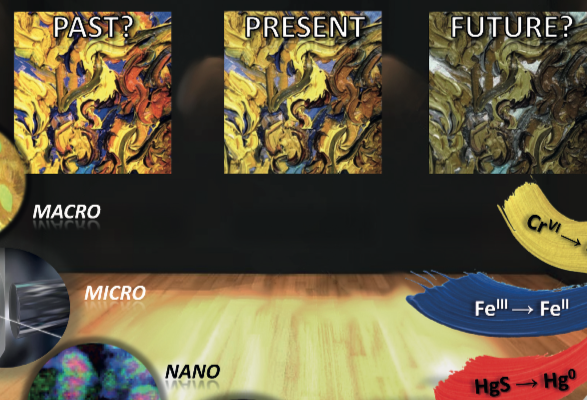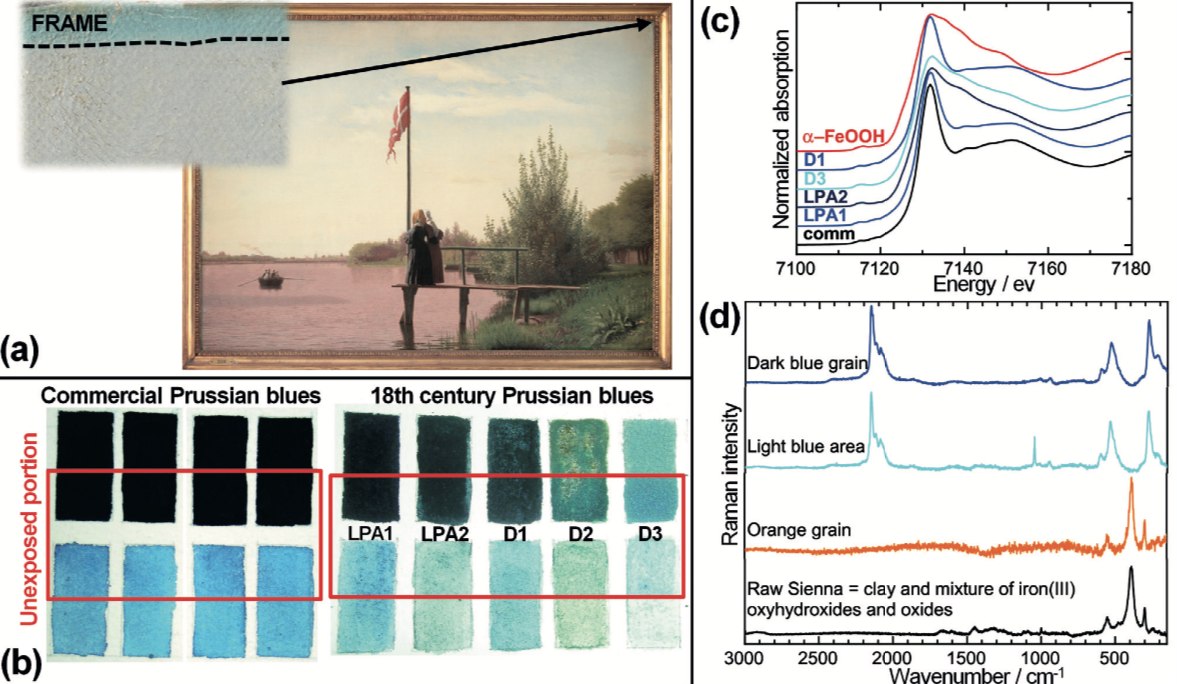


How the absorption of light changes the colours of art
There are some interesting news in photochemistry applied to art. Costanza Miliani, CNR, and her colleagues, after investigating how photodegradation provokes irreversible colour changes in works of art, are now facing the challenge of the prediction and prevention of this process.
Angewandte Chemie has recently published their article entitled “Photochemistry of Artists’ Dyes and Pigments: Towards Better Understanding of Colour Change in Works of Art” where they explains how chemistry contributes to improve the prediction of artwork appearance before degradation and to establish preventive conservation strategies.
Abstract
The absorption of light gives a pigment its colour and its reason for being, but it also creates excited states, that is, new molecules with an energy excess that can be dissipated through degradation pathways. Photodegradation processes provoke long-term, cumulative and irreversible colour changes (fading, darkening, blanching) of which the prediction and prevention are challenging tasks. Of all the environmental risks that affect heritage materials, light exposure is the only one that cannot be controlled without any impact on the optimal display of the exhibit. Light-induced alterations are not only associated with the pigment itself but also with its interactions with support/binder and, in turn, are further complicated by the nature of the environmental conditions. In this Minireview we investigate how chemistry, encompassing multi-scale analytical investigations of works of art, computational modelling and physical and chemical studies contributes to improve our prediction of artwork appearance before degradation and to establish effective preventive conservation strategies.
Read the complete paper: https://doi.org/10.1002/anie.201802801
Download the pdf
